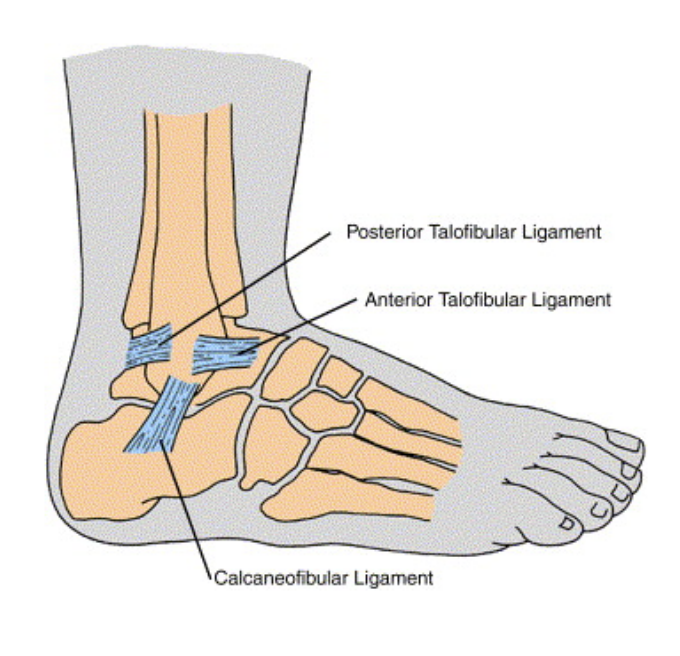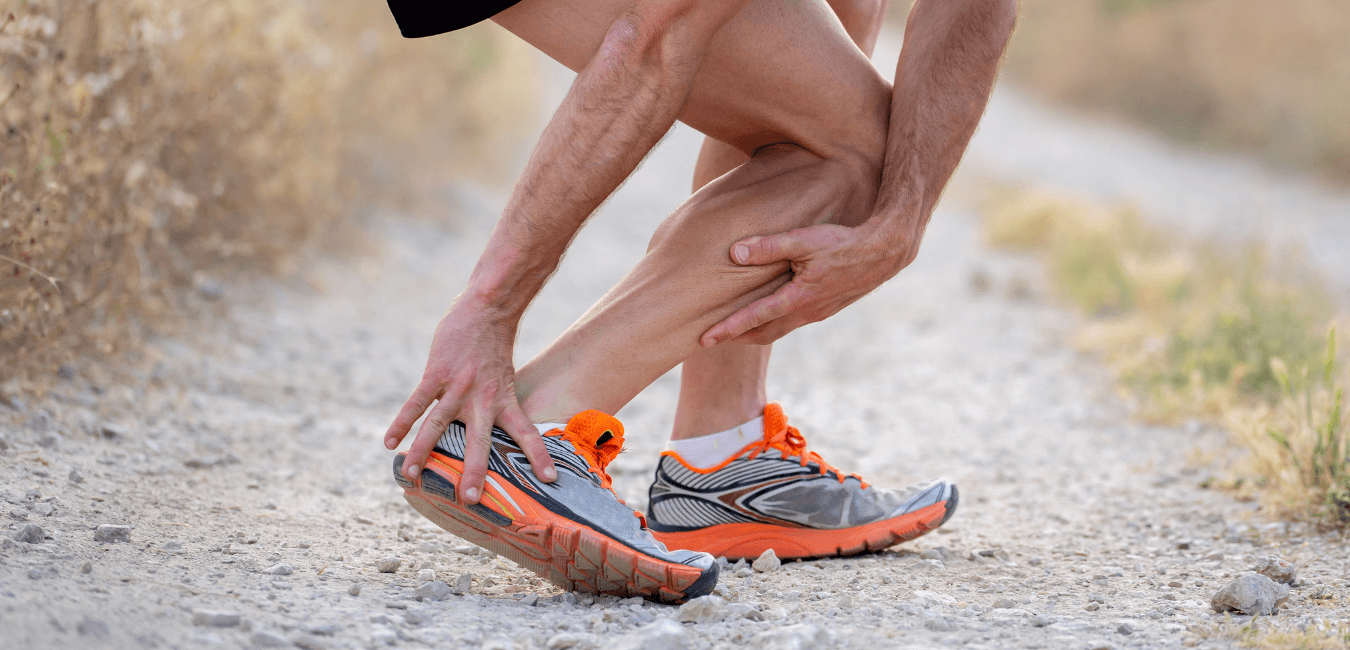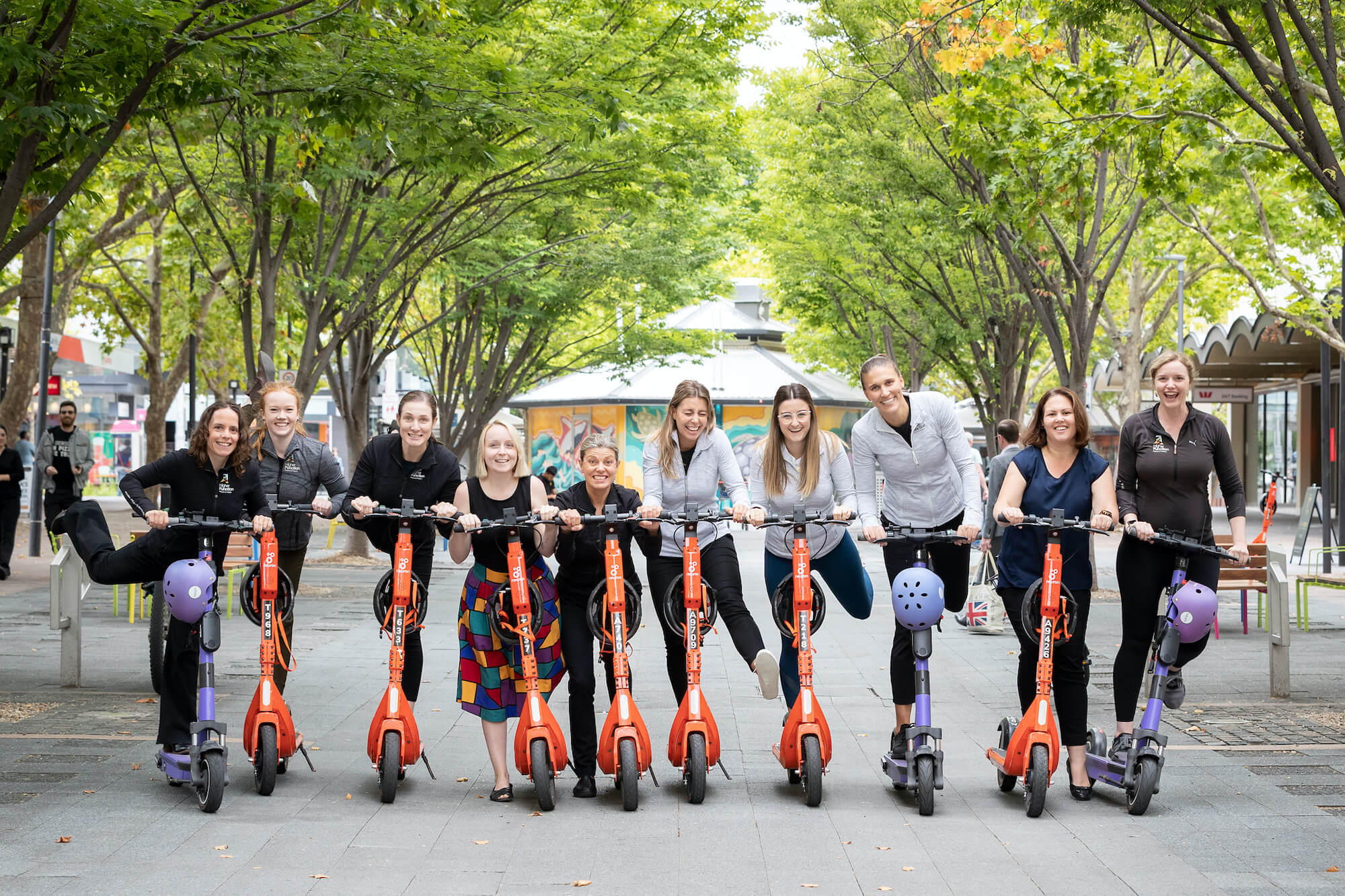By Dominique Wood-Ward – Physiotherapist
The ligaments in your ankle provide feedback to your brain about the movement happening at your ankle joint. It is necessary to avoid stretching your ligaments after rolling your ankle. Research tells us that supervised exercise programmes stimulate the recovery of your joint stability. Adequate rehabilitation of an ankle sprain reduces the risk of sustaining a subsequent ankle sprain. Treatment involves , early bracing if necessary, strengthening, balance and mobilisation of the ankle joint.
What exactly is an ankle sprain?
An ankle sprain is a stretch injury to the ligaments on the side of your ankle involving a stretch or tearing of the affected ligament(s). This injury more commonly affects the ligaments on the outside of your ankle although also occurs to the ligaments on the inside of your ankle. Ankle sprains occur when your ligaments are stretched beyond their normal range of motion.

What is the role of a ligament?
Ligaments stabilise joints, helping to prevent excessive movement at that joint. They help to maintain your balance by providing your brain with information about the joint position.
What does treatment involve?
Early-stage management involves supporting your ankle to avoid further stretch and injury to the ligaments. While giving your ligaments a chance to heal it is important to start strengthening exercises. Towards the end stage of your rehabilitation, you will need balance training. Balance work is particularly important to train your brain to react quickly to movement at your ankle. This will help to reduce the risk of repeating your sprain.
Research shows that early Physiotherapy treatment involving Ankle joint (talocrural) mobilization in addition to the RICE ( rest Ice Compression Elevation) protocol in the management of ankle inversion injuries ( lateral ankle sprain) necessitated fewer treatments to achieve pain-free dorsiflexion ( movement of toes towards shin) and to improve how fast you walk more than RICE alone. Also See our ‘Insight’ – “PEACE AND LOVE” for treatment in the initial phase.
Manual therapy in conjunction with exercise therapy resulted in better outcomes when compared with exercise therapy alone.
Long term, if full dorsiflexion range of movement of the ankle is not restored, this can lead to biomechanical issues like sore knees, hips and back, as the body must adapt in some way in order to lift the foot off the floor into swing phase when walking.
References:
Vuurberg G, Hoorntje A, Wink LM, et al
Diagnosis, treatment and prevention of ankle sprains: update of an evidence-based clinical guideline.
British Journal of Sports Medicine 2018;52:956.
Green T, Refshauge K, Crosbie J, Adams R. A randomised Controlled Trial of a Passive Accessory Joint Mobilization on Acute Ankle Inversion Sprain. Physical Therapy, Vol 81,Issue 4,2001;984-994
Crosbie J, Green T, Refshauge K. Effects of reduced ankle dorsiflexion following lateral ligament sprain on Temporal and spatial Gait parameters, Gait & Posture Volume 9, Issue 3, July 1999, Pages 167-172


